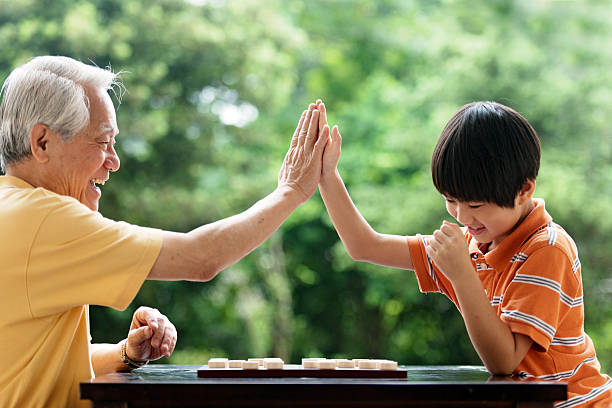Traditional games play a vital part in China’s rich cultural heritage. The games have evolved, reflecting China’s history and culture.
From strategy-based board games like Pai Gow and Xiangqi to tile-based games like Mahjong, ancient Chinese games provide entertainment, education, and social interaction.
This article will offer a fascinating glimpse into the history of the top 10 most unique and famous traditional Chinese games and how to play them.
China’s traditional games often have simple rules, making them accessible and fun for everyone. Let’s discover the world of traditional games in China.
1. Xiangqi Chinese Chess (象棋 xiàngqí)
Xiangqi, also known as Chinese chess, is a board game similar to Western chess but has distinct differences in gameplay and piece movements.
The earliest written records of Xiangqi date back to the Tang Dynasty (618-907 AD). However, the modern Xiangqi game began to form during the Song Dynasty (960-1279 AD) with the introduction of new pieces and rule modifications.
The game board has nine rows and ten columns. Each player has 16 pieces, which include the general, advisors, elephants, horses, chariots, and soldiers.
The objective of Xiangqi is to capture the opponent’s general (king). Each player takes turns moving to position their pieces in a way that will allow them to capture the opponent’s pieces and, ultimately, their general.
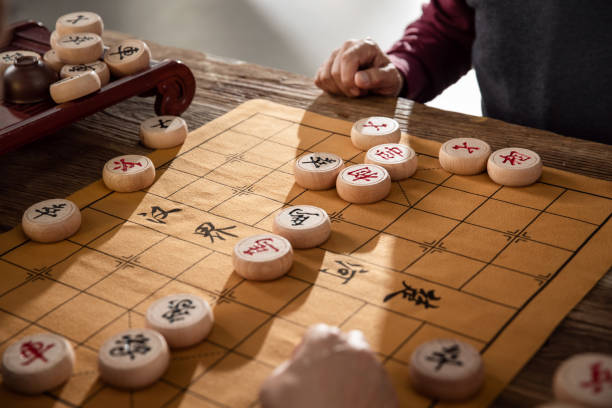
2. Pai Gow ( 牌九 páijiǔ)
Pai Gow is a Chinese gambling game that dates back to the Song Dynasty in China over 1,000 years ago.
The game begins with the player placing a bet. The dealer then deals seven tiles to each player, including themselves.
Next, the players must separate their cards into one hand of 5 tiles and another of 2 tiles. The five-tile hand must rank higher than the two-tile hand.
To win the game, the players create two hands that beat the dealer’s two hands.
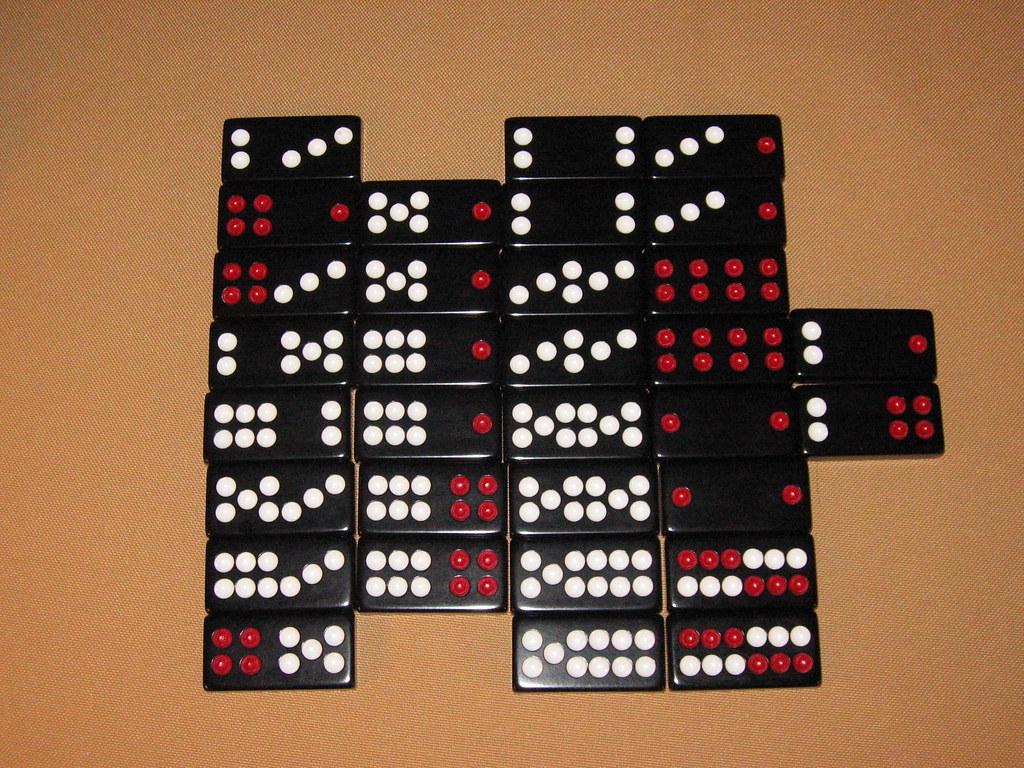
3. Mahjong (麻將 májiàng)
Mahjong is a tile-based game that appeared in China during the Qing dynasty (1644-1912). People often play this game among family and friends during social gatherings.
The basic game has at least 136 tiles, including three suits: bamboo, characters, and circles. There are also honor tiles and bonus tiles.
The game’s objective is to create sets of related tiles and pairs. The player who scores the most points will win.
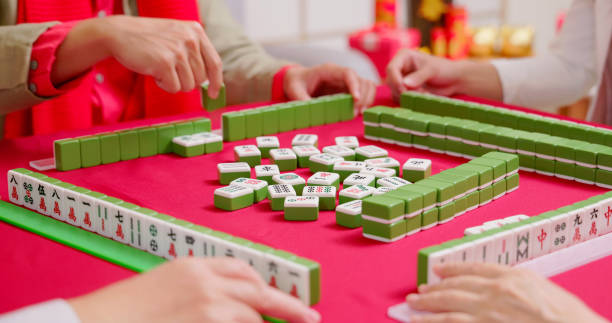
4. Chinese Yo-Yo (抖空竹 dǒu kōng zhú)
Yo-Yo is an ancient Chinese toy that has existed for over 2,000 years. Playing Yo-Yo is a fun folk game and was listed as a National Cultural Heritage in 2006.
The toy consists of two concave disks connected by a shaft, with a string tied around the pole.
The player holds one end of the string and throws the yo-yo, allowing it to unwind and spin at the end of the line. The player then pulls the string back up to their hand, causing the yo-yo to rewind.
Previously, Chinese soldiers used yo-yos as a weapon and threw them at their enemies to distract and confuse them. However, the yo-yo eventually evolved into a popular toy for children.
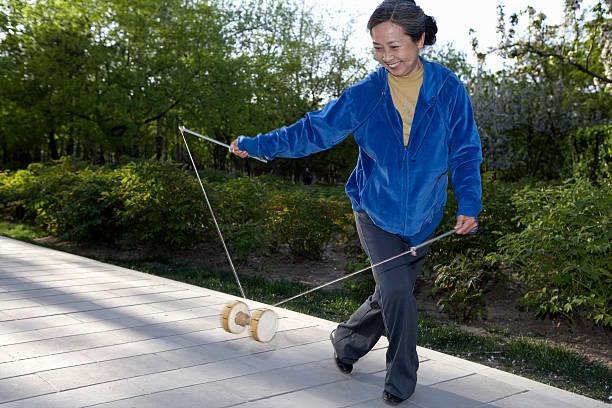
5. Shuttlecock (毽子 jiànzi)
Jianzi, also known as a shuttlecock or feather ball, is a traditional Chinese game that originated in ancient China during the Han Dynasty (206 BCE-220 CE).
The game is simple yet challenging, requiring players to keep a shuttlecock in the air using only their feet and other body parts, except for their hands.
Playing shuttlecock is a great way to promote physical activity, balance, and coordination while having fun with friends and family.
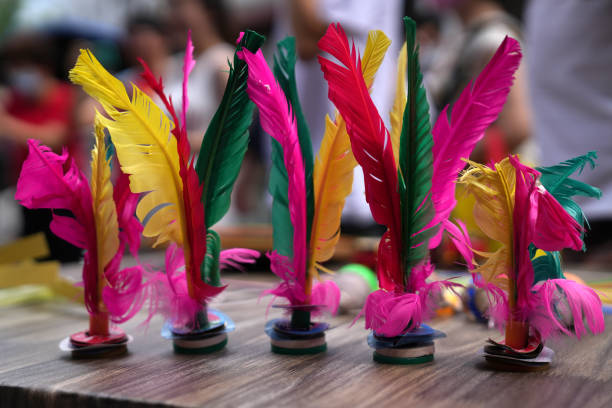
6. Chinese Checkers (跳棋 tiàoqí)
Chinese Checkers is a strategic board game typically played by two to six players. The checkerboard looks like a six-pointed star with 121 holes. Each point of the star represents a player’s “home” or starting position.
Players take turns moving one marble at a time. They can move their marble to any adjacent empty hole or jump over other pieces, including the opponents’.
This strategic game requires careful planning and tactical thinking to outmaneuver opponents. The winner is the player who reaches the other side of the board first.
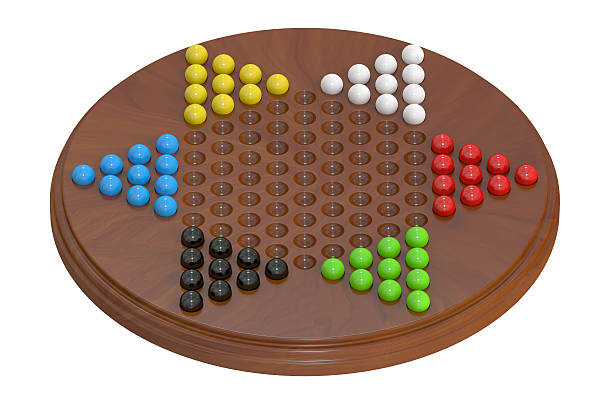
7. Mooncake Dice Game (六一夏 liuyixia)
Mooncake Dice Game, also known as “Six One Summer”, is a popular traditional Chinese dice game during the Mid-Autumn Festival, as it combines the fun of gambling with the celebration of the festival.
To play the game, you will need six dice and moon cakes. Each player takes turns rolling the dice and accumulating points.
Players then used these points to “buy” mooncakes from a pool of available cakes. The game continues until all the mooncakes are bought. The player with the most valuable mooncakes will win at the game’s end.
8. Two-Person Stride (两人大步 liǎng réndà bù)
The origins of the two-person stride trace back to the Ming Dynasty period (1368-1644). Soldiers often exercised this game to enhance their agility and coordination in battle.
Two-person stride involves two players standing face-to-face with their feet in a specific position.
The players then take turns stepping forward and touching their opponent’s foot with their foot. The goal is to make the opponent lose their balance or step out of bounds.
The winner is the player who remains balanced and in bounds until the end of the game.
9. Top (陀螺 tuó luó)
Top has been a popular game in China for thousands of years. Playing Top brings people together and encourages friendly competition.
To play the game, a player holds a wooden or metal top and uses a string to wind it up tightly.
Once the top is spinning, the player releases it onto a flat surface, like a table or the ground. The goal is trying to keep it spinning for as long as possible.
The player can also perform tricks and stunts with the spinning top, such as catching it on the string or making it jump.
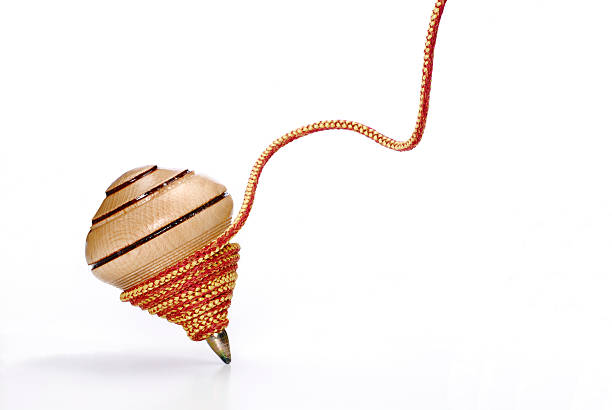
10. Flying kites (放风筝 fang fēng zhēng)
Chinese people invented the earliest kites around 2,500 years ago. Since then, kite flying has become a symbol of Chinese culture.
Families often gather in parks, on beaches, or on open fields to fly kites during spring and autumn as the weather is mild and breezy.
The three most popular types of kites are in the shape of butterfly, dragon, and bird. People can use various materials to make kites, including silk, paper, and bamboo.
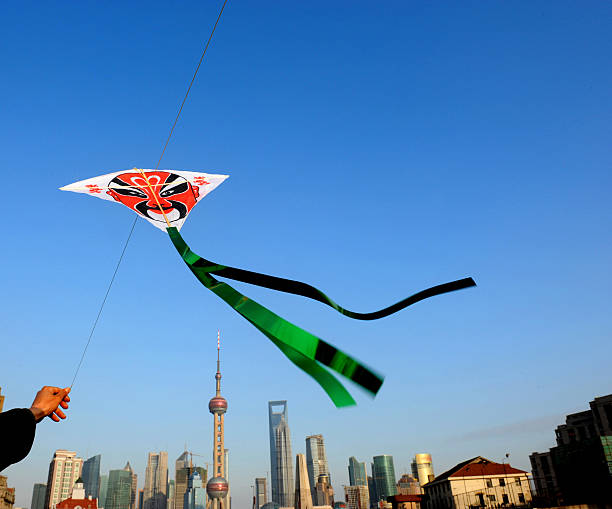
Conclusion
In conclusion, traditional Chinese games have a rich history and are still popular today. Playing these games offers fun and entertainment and is a great way to experience Chinese culture.
You will indeed have a good time if you are playing Mahjong, Xiangqi, Jianzi, or the Chinese yo-yo.

